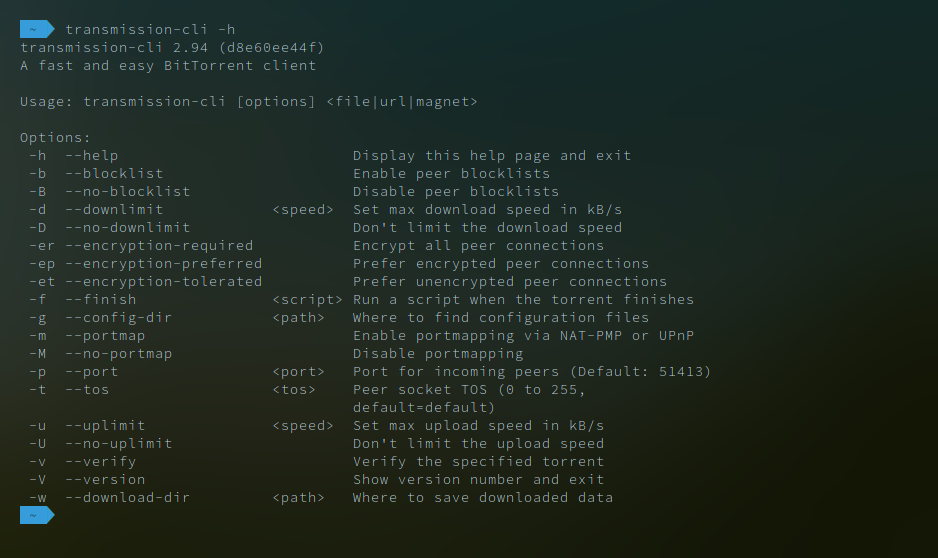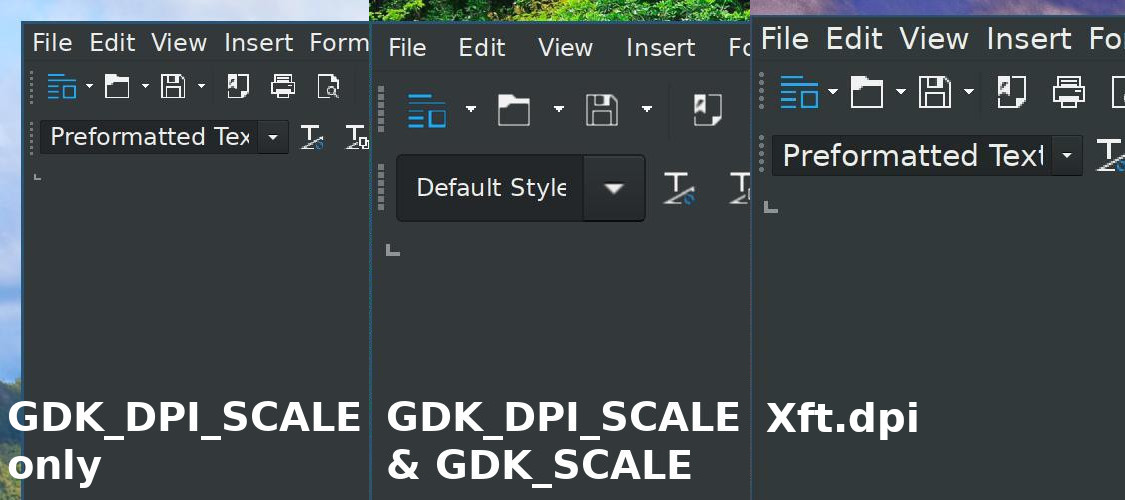I’ve been using Google+ for about a week now, and I like it. Why? I’m not sure. Maybe only because it’s like Facebook, but not Facebook. I can share things. I can post comments. I can’t really do anything I couldn’t do on Facebook. I’ve never used Hangouts, I’m not sure I’m likely to do so. My RSS aggregator is more useful than Sparks. The only difference is Circles, but I’m coming to the conclusion that Circles isn’t that great either.
Google Circles is based on the idea that we have different groups (circles) of people in our lives: family, friends, people we met at parties, etc. We don’t treat them equally in real life, why do it online? I think it’s a natural concept, but I’m pretty sure that Circles gets it wrong in subtle ways.
Why groups are better than circles
Difference between friends and people with shared interests
Facebook Groups are like circles that people choose to join. All members can see who is in the group and can talk to everybody in it, even if they aren’t “friends”. This reflects the fact that in plenty of formal groups (clubs, workplaces, etc) there is a shared interest, but your association with the members doesn’t go any further than that.
Let’s say I have an interest in widgets and I join the Toronto Widget Club (TWC). If that club has a group, then I join the group and have access to all the widget news and discussion I want. Updates from the group show up in my feed, but a lot of the discussion is segregated. When I make a fascinating widget discovery, I can post it to my wall for friends, to the group, or both. Contrast this with circles. Under the current system, I would have to obtain a list of people in the TWC and add them all to a circle. They would receive my widget posts, but also all my public posts. Many of them wouldn’t care about my personal life or other interests. Circles miss an important distinction between “friends” and “people with a shared interest”.
You might argue that this blurring is good because it might develop friendships where there was previously only a shared membership in the TWC. However, it may also cause friction where people, who tolerate each other in the pursuit of widgets, have otherwise conflicting (e.g., political) interests.
Difference between active and passive sharing
Oversharing could be addressed by never sharing anything publicly and deselecting the TWC when sharing non-widget information. However, when a member of the TWC takes the time to visit my profile, I think that I’d want them to learn about my other interests. This information would be hidden from them by Google+’s privacy settings. There is a difference between what I want to actively share with (broadcast to) a group of people and what I am comfortable with them having access to if they want to seek it out. I want to broadcast widget news to the TWC, but I want to passively share my other interests as well. Thus, they should be able to see political or other posts if they view my profile, but these shouldn’t show up in their feed unless we are friends outside the TWC.
Related to this point is the noticeable delineation between group posts and wall posts. Google+ doesn’t yet provide really good indicators that posts are just for certain groups. You have to look at the visibility of the post. It’s not clear whether a particular Google+ post is open to other circles or private to the TWC, whereas in a group there is a clear indication.
Difference between choosing and assigning membership
I already hinted at the problem when I said that members would have to obtain lists of group membership. In addition to that, they would each have to maintain their list. Groups are superior because there is a single canonical list. Further, you don’t have to rely on others to acknowledge your interest, you register it yourself. This also means that when you tire of widgets, you can remove yourself.
When are circles better than groups?
There are a few cases in which circles are better for groups. Circles are better when group membership is less defined or, more importantly, a sensitive matter. Groups require either public membership or an administrator who decides membership. This is fine for the TWC, but what about groups of friends. I have separate groups of pretty much non-overlapping friends; there is an unspoken consensus about who is in each one. It would be coarse to require them to join a group to find out what we’re doing on Friday. The additional effort of harmonizing the circles of various members is really just socializing and reflects the addition of a new person to a close group of friends.
Circles are not for privacy
First, a little rant on privacy. People expect miracles from social networks in terms of privacy. Rule number one for using the internet: do not say anything on the internet, except under pseudonym, that would terribly embarrass you if it became public. My favourite tweet regarding Google+ came in the early days when I had an invite, but they were at capacity. Unfortunately, I didn’t save it, but it essentially said “Posts you share with a circle can be reshared. Google+ FAIL“. Everything you say online can be reshared. The real weakest link in your privacy is your friends. They have to understand that you intend something to be private and they have to respect that. Of course, even if you trust your friends, you still have to worry about flaws in the software, so if you want something to stay private, then talk about it in person or at least use a medium that is intended for one-to-one conversation (chat, email, etc). I’m not saying Google should be held blameless for the privacy flaw that will inevitably occur, buy anybody who depends on Circles as a privacy guard is asking for trouble.
But Circles provide a little privacy
So what should you use circles for, then? You should use them only to insulate other circles from things they aren’t interested in. For example, people from work don’t need to read about the party you went to on the weekend. If you have two non-overlapping groups of friends, you may only want to share the photos with friends who were invited to that party.
On the Facebook feed, everybody is shouting in all directions, all the time. Circles lets you direct your voice a little bit better. In that sense, Circles provide a bare minimum of privacy. Think of it more like being at a party and standing with a group of people than being in a cone of silence.
How Google could improve Circles
Google+’s PR says that you have circles of friends and they’re not all the same. So why, then, are all my Google Circles the same? You should have more granular control over circles. Examples: whether you want to see Public or semi-Public (ie: “Your Circles”) posts from members of a circle or just ones that they explicitly share with you; whether people in that circle can see your Public or semi-Public posts.
There should be public circles. These would be just like groups (in fact, they could be Google Groups). Some could have open membership, some could be moderated. It would address the problem of canonical lists. Further, in combination with the above suggestion, it would allow you to communicate with people who only share a particular interest.
You should be able to post something that is broadcast only to particular circles, but is publicly visible on your profile. This is the biggest deal for me. I like to have things be public, but I would happily do a little work to shelter others from my oversharing. Until I can do this, I’ll probably be posting everything publicly and using Google+ just like Facebook. It also reflects the fact that one person is not always the best judge of what other people will find interesting. Maybe someone from elementary school will be interested in my night out, or have an insightful comment on a legal- or computer-related post. Why should I hide things from them?
Topical circles
I think that there is a different type of circle that I can’t quite define at the moment. I’m going to call it a topical circle for now. It is somewhat nebulous, like a circle of friends, but it is based on a shared interest like a public circle. It would be interesting if circles could be formed algorithmically for discussing particular topics. The post could be visible to friends of friends who could get in on the conversation and then be included in similar conversations in the future. Eventually, the circle would probably form into a more or less permanent group. That would be interesting.


Recent Comments